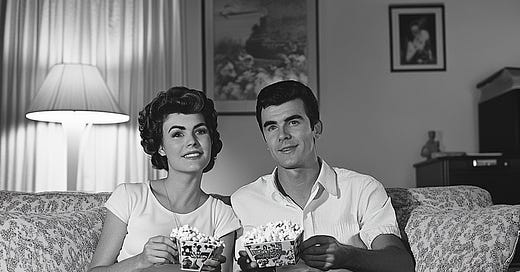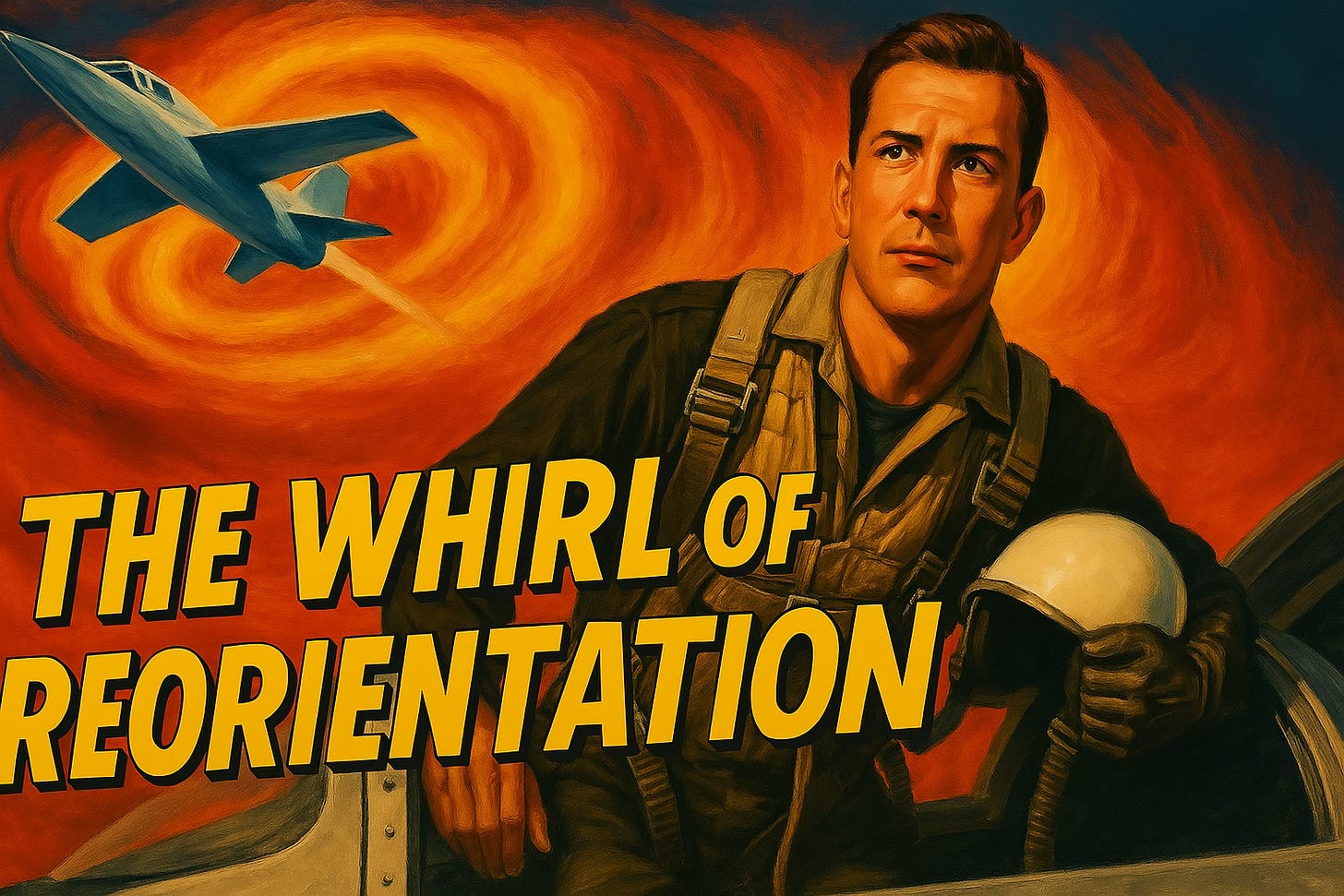Movie Night: See the Patterns Others Miss
These films aren’t for escape—they’re for reorientation.
Some films pass the time. Others teach you how to see.
The best ones don’t just tell a story. They train the eye and mind. They reveal how people shift power, bend time, mask intentions, and fracture systems. If you’re paying attention, they show how competitive advantage is built and how it is broken.
This is not a list of favorites. It’s a watchlist for anyone serious about learning how things really move in the world.
That said, here’s a quick note and bias disclaimer: Many of these are some of my favorite actors and films. And yes, you’ll see a few familiar faces more than once. Russell Crowe, Al Pacino, and Robert De Niro each show up twice. Francis Ford Coppola does, too. That’s not by accident. They tend to work inside the kind of stories that reward strategic attention.
I’ve also intentionally left off several of my absolute favorite actors, directors, and films—not because they don’t belong, but because the list would be endless. This is only the beginning. I’ll be expanding it soon. For now, consider this the core briefing.
Here are ten films that reward close watching.
The Godfather Parts I and II (1972, 1974)
A family becomes a dynasty by shifting its shape. Michael, played by Al Pacino, starts as the outsider and ends as the one who sees it all. His power comes not from force but from timing, silence, and knowing what others refuse to see. This is a lesson in how empires move through bloodlines, promises, and quiet decisions made behind closed doors.
The Dark Knight (2008)
The Joker, memorably played by Heath Ledger, doesn’t want money or power. He wants to tear down the system by pushing it to reveal what it’s built on. Batman, played by Christian Bale, fights to hold the line but must bend his own rules to do it. This film is a crash course in chaos, order, and the cost of keeping your footing in a world that won’t stop tilting.
Heat (1995)
Al Pacino (again) and Robert DeNiro (once more) play two men who live by strict codes on opposite sides of the law. They respect each other because they know the game is tight. Every move costs energy, and every mistake shortens the window. This is a study of timing, pressure, and knowing when to walk away.
Thirteen Days (2000)
JFK was faced with the Cuban Missile Crisis. The world hangs by a thread. One wrong move, and it all goes up. The men in the room don’t just manage missiles—they manage perception, delay, and posture. This is how crisis gets navigated: not through bold strikes, but through holding your nerve and shaping what the other side believes.
The Matrix (1999)
The world is a lie, and the fight begins when someone wakes up. Neo wins not by punching harder but by seeing deeper. He breaks free because he questions the frame. This is a parable of learning to see the code inside the noise.
Master and Commander (2003)
Russell Crowe captain stalks a better ship with worse tools. He wins by reading the wind, the sea, and silence. He listens, adapts, and sets traps. Nothing is wasted. Every choice moves him closer. This is developing strategy through patience, terrain, and knowing when to strike.
The Insider (1999)
Russell Crowe again, this time playing a scientist who works for a tobacco company, stepping forward with a secret, and the world tries to swallow him. He survives by sticking to what he knows is true. The fight isn’t physical—it’s over who gets to shape the story, with the aid of a TV producer played by Al Pacino (again). This is how truth becomes a weapon.
The Bourne Identity (2002)
Matt Damon plays a man who wakes up with no memory but deadly instincts. He’s hunted, but he doesn’t run—he watches, listens, and adjusts. The system wants him gone, but he keeps slipping through. This is a survival story built on awareness, movement, and never-losing rhythm.
Inside Man (2006)
It looks like a bank job, but that’s not the point. The real score is hidden in the layers. The crew wins because they control the clock, the camera, and the story the world believes. It’s a master class in distraction, delay, and walking out the front door without being seen. Denzel Washington, Jodie Foster and Christopher Plummer bring gravitas to this Spike Lee film.
Gladiator (2000)
A Roman general, played by Russell Crowe (Hat trick!), is betrayed and stripped of rank. He becomes a symbol because people see something in him that the empire has lost. He fights in the arena, but the real battle is for hearts and memory. This is about influence from below and how systems fall from the inside.
Why This List Matters
These films are not just entertainment. They show how advantage works when the stakes are high, how perception is shaped, how timing matters, and how silence can hit harder than speech.
If you’re building anything in a hard world—a business, a family, a campaign, a career—these films will help you see the moves that aren’t on the surface. Watch them closely, not for the plot but for the pattern.
The story is never the story. It’s what the story reveals.
This is movie night. Press play with your eyes open.
Postscript
John Boyd’s daughter, Mary, shared with us on the No Way Out podcast that her father loved movies. Two of his favorites were Patton with George C. Scott (a US Marine) and The Last of the Mohicans with Daniel Day-Lewis. This tracks. Both films are about bold moves, fractured empires, and the price of freedom. He wasn’t watching for style. He was watching to reorient.





